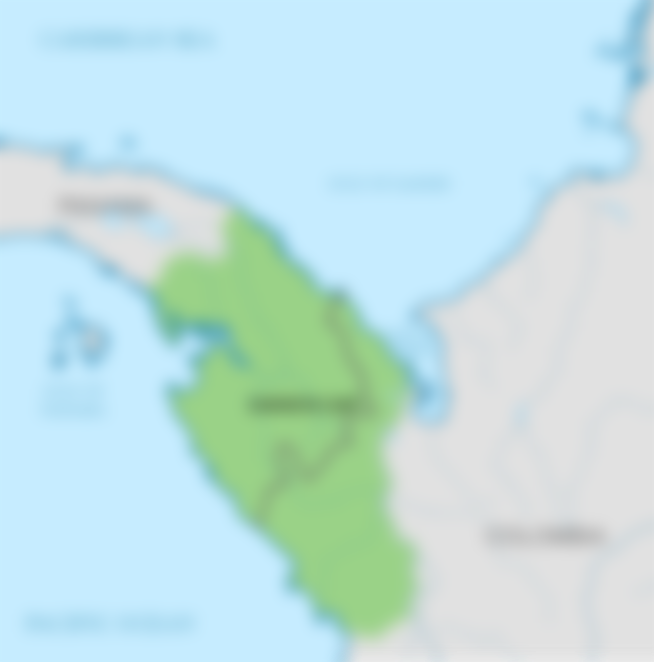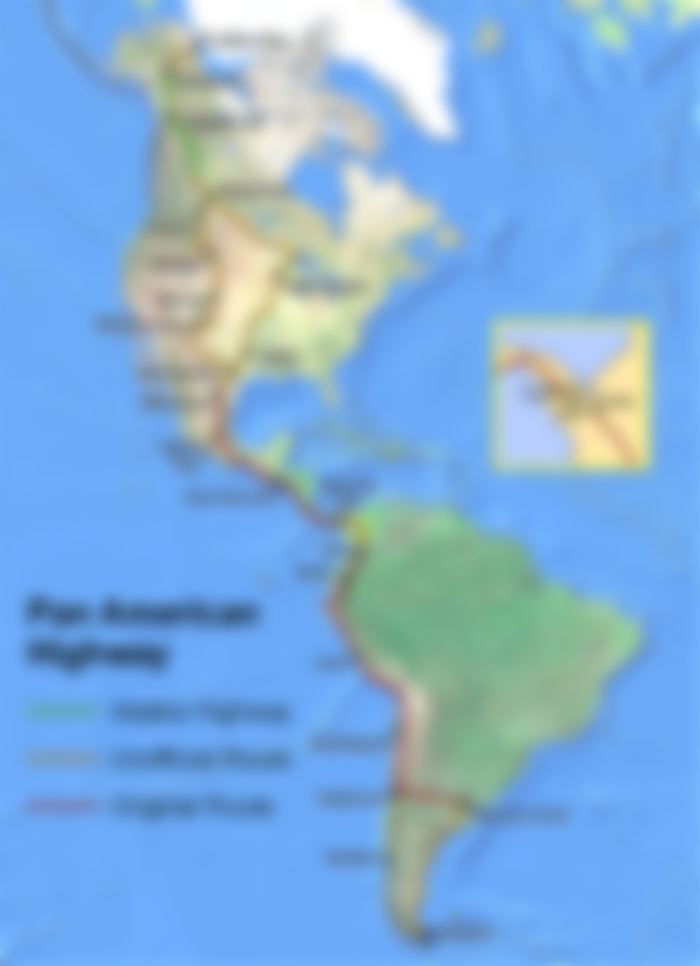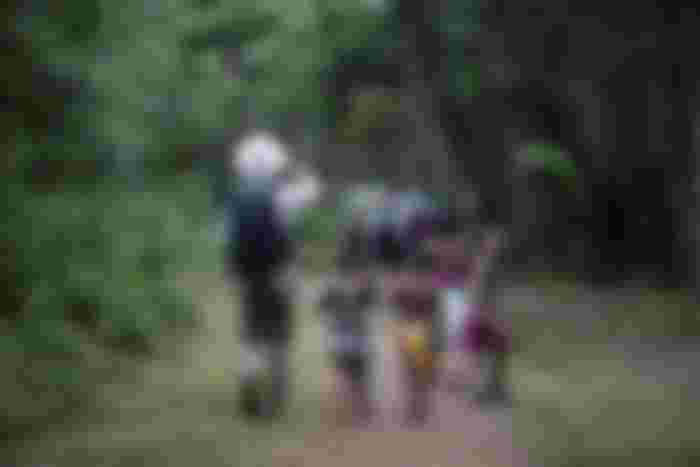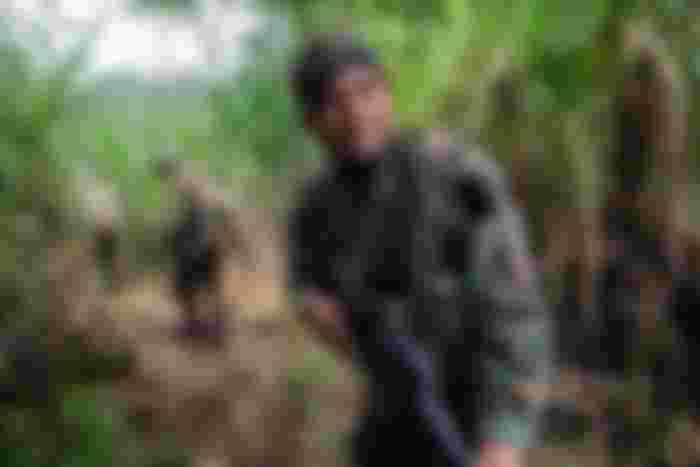While North America and South America are technically two different continents they are still connected by land to each other through the Isthmus of Panama. For thousands of years people have across the Isthmus of Panama between the two halves of America, but while you might think that you could drive from one continent to the other, you might be surprised that you can't.
If you type in directions from the US to a city like Buenos Aires you might get an error or a recommendation for a flight. The truth is, that it's impossible to drive there, despite it being connected by land.
The reason for all of this is a tiny piece of land called the Darien Gap.
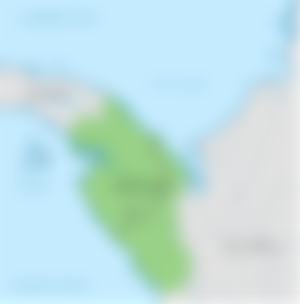
If you look at Europe, Africa, and Asia for example, you'll see a similar situation to North and South America. They're all connected by land to each other, and if you wanted you could drive from one continent to the other. This has been possible for quite some time, while it has never been possible for the Americas.
There are 22 countries in the Americas that are all connected by land, and in the early 20th century a movement was formed to connect all these countries by a system of highways, so that goods and people could be moved across them.
Over a period of decades that system of highways was constructed and became known as the Pan American highway, but it's been stuck at 99% completion for decades now.
The highway stars at the furthest northern point in Alaksa in a town called Prudhoe Bay on the Arctic Ocean, and stretches all the way down through 14 countries until it reaches Ushuaia in Argentina, the southern most major city in South America.
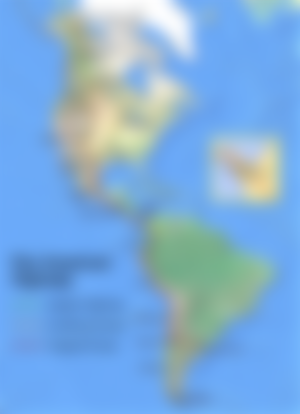
But the 1% that isn't finished is probably at the most critical point in the network, on the border between Panama and Colombia.
The highway stretches all the way from Prudhoe Bay Alaska to Yaviza Panama, where it abrubtly ends. While on the other side it stretches from Turbo Colombia to Ushuaia Argentina. The so called Darien gap in between Yaviza and Turbo is only 100 kilometers wide, but since no road has ever been built between them, it is impossible to drive from one continent to another.
You'd think that building a highway across just 100 kilometers of land wouldn't be that difficult, but this particular piece of land is notoriously difficult to develop. For starters, the entire gap is covered with thick rainforest, jungle, swamps, and mountains.
The only people that ever crossed the gap in a car used a Jeep Wrangler in 1985 to cross 201 kilometers of jungle. It took them 741 days to get to the other side! This means they only drove an average of 270 meters per day.
Besides the difficult terrain, there's also loads of terrible tropical disease out there that make working in the jungle a nightmare for construction workers.
To give you an example of how deadly these conditions are, the Panama canal that was built a little over a century ago in the same general vicinity of the Darien gap, lost 28.000 workers just from tropical diseases!
Building anything through the Darien gap is dangerous, difficult, and extremely expensive, but those aren't the only reasons that a road was never built.
There's also a lot of political oppositon to connecting the continents, because of foot and mouth disease (FMD). This is a disease that affects mostly cattle, and can be fatal. The disease is still quite common among South American cattle, but has been completely eradicated in North American cattle since the 1950's, and there's a lot of evidence that the Darien Gap has been responsible for preventing the spread of the disease.
There's also massive resistance from the indigenous tribes that live in the area, that believe that if a highway is built, it will disrupt their way of life.

But the biggest problem that any potential road faces, is the massive potential environmental damage that it will cause to a delicate ecosystem. The Darien Gap is a pristine and almost untouched wildlife area, and the construction of an intercontinental highway would obviously disrupt that.
Two times there were attempts to build a highway through the gap, once in 1971 and another in 1992, but both were stopped because of damning environmental reports.
But there have been been some alternative ideas floated around. One is to establish a ferry link from Yaviza to Colombia. Another idea is to build giant bridges across portions of the Darien Gap that are considered to be the most delicate. But even if it was completed it would still be dangerous to most travelers because the whole area is full of dangerous drug traffickers and insurgent groups!

Back in 2013 a Swedish backpacker trying to cross the gap, was kidnapped by FARC revolutionaries and eventually executed, because they thought he was a foreign spy. And in 2003 three journalists were kidnapped by far right revolutionaries. Kidnappings and killings are a relatively common occurence because of the gap's remoteness and how difficult it is to get there.
For all of these reasons the Darien Gap will most likely remain a gap in the Pan American highway in the future.
Thanks for reading and I hope you enjoyed this article!
